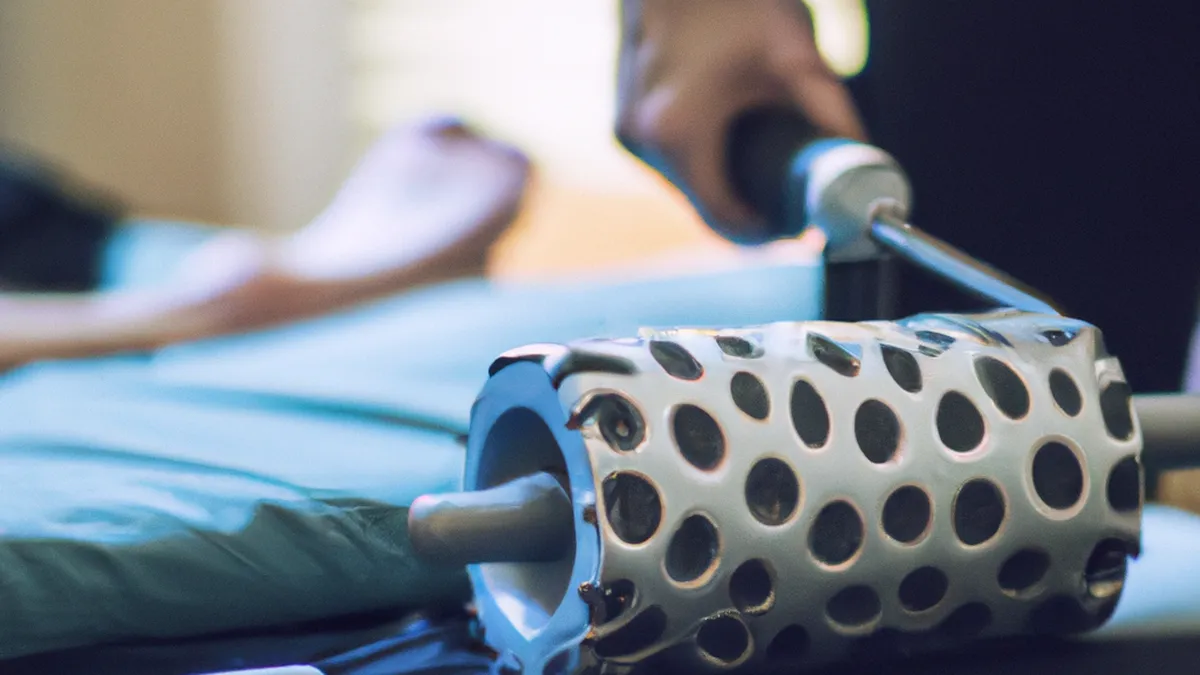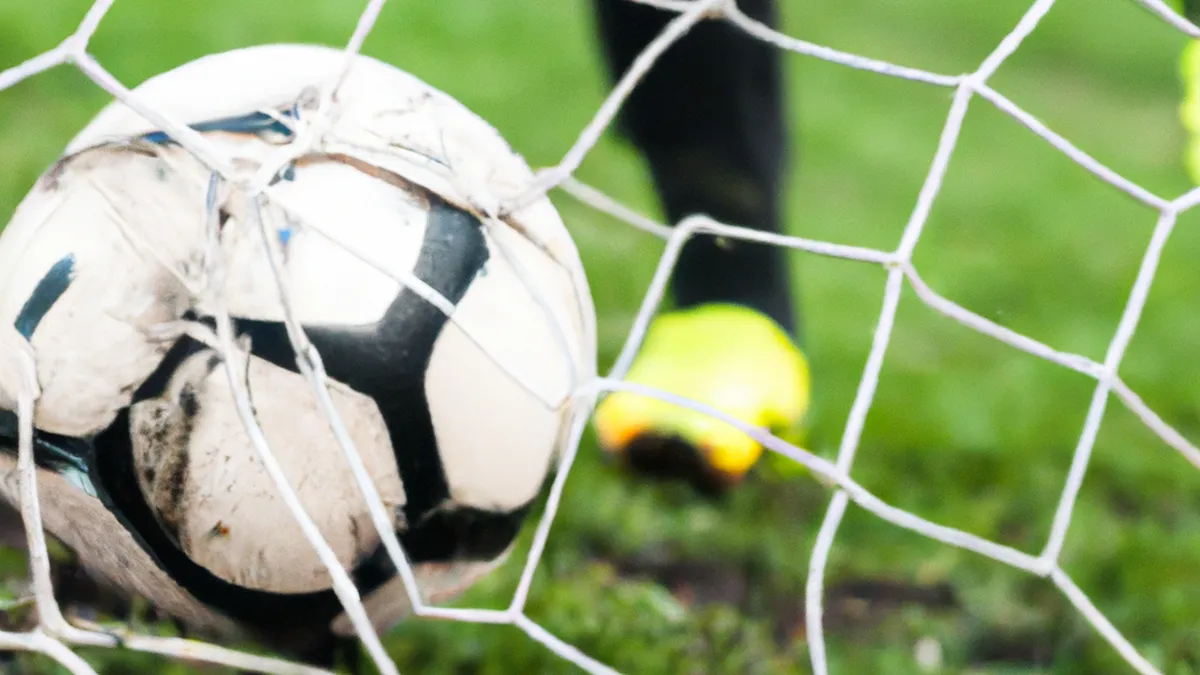Myofascial Release: The Power of Foam Rollers
Foam Rolling for Myofascial Release: Unlocking the Benefits of Self-CareFoam rolling has gained popularity among athletes and fitness enthusiasts. Many people credit it for muscle recovery and overall wellness. This technique releases muscle and fascia tension, improving performance and reducing pain. In this blog post, discover how foam rolling enhances wellness, the science behind it, effective tips, and numerous benefits.
What is Myofascial Release?
Myofascial release relieves tension in fascia, the connective tissue around your muscles. Various factors, such as physical activity, poor posture, stress, and injury, can tighten this fascia. Tight fascia can cause discomfort, pain, and restricted movement. Foam rolling applies pressure to these tight areas, breaking up knots and improving circulation.
The Science Behind Foam Rolling
Rolling over tight areas with a foam roller applies pressure to fascia and underlying muscles. This pressure stimulates blood flow, delivering oxygen and nutrients to tissues. Consequently, it enhances the body’s natural healing processes. Foam rolling also restores fascia elasticity, allowing muscles to move freely. Research shows foam rolling improves muscle performance, reduces soreness, and enhances recovery.
Tips for Effective Foam Rolling
As an Amazon Associate I earn from qualifying purchases.
Gear tip: consider foam roller, massage gun, and lacrosse ball to support this topic.
Maximize foam rolling benefits by following these effective techniques:1. **Choose the Right Foam Roller**: The market offers various foam rollers, from soft to firm. If new to foam rolling, start with a softer roller. As you gain familiarity, switch to a firmer roller for deeper massage.2. **Focus on Pain Points**: Identify tight or sore areas, known as “trigger points.” Pause and hold pressure on tender spots for 20-30 seconds. This technique helps muscles relax and fascia release.3. **Maintain Proper Form**: Proper alignment is crucial while foam rolling. Keep your body aligned and avoid rolling over bones or joints. Focus on muscle groups and let the roller glide smoothly over tissues.4. **Incorporate Breathing**: Deep, controlled breathing enhances foam rolling effectiveness. Inhale while applying pressure and exhale while releasing. This rhythm helps relax muscles and promotes deeper tension release.5. **Limit Rolling Time**: Spend about 1-2 minutes on each muscle group. Overdoing it can cause irritation and discomfort. Listen to your body and adjust your duration accordingly.
Conclusion
Foam rolling offers significant benefits for muscle recovery and wellness. Use proper techniques to enhance your self-care routine.
Below are related products based on this post:
FAQ
What is foam rolling?
Foam rolling is a self-myofascial release technique that helps relieve tension in the fascia, the connective tissue surrounding muscles. It is commonly used by athletes and fitness enthusiasts to improve muscle recovery and overall wellness.
How does foam rolling improve muscle performance?
Foam rolling applies pressure to tight areas, which stimulates blood flow and delivers oxygen and nutrients to the tissues. This process enhances the body’s natural healing, restores fascia elasticity, and ultimately leads to improved muscle performance and reduced soreness.
What are some effective techniques for foam rolling?
To maximize foam rolling benefits, choose the right foam roller, focus on pain points, maintain proper form, incorporate breathing techniques, and limit rolling time to 1-2 minutes per muscle group. These techniques help ensure effective and safe use of foam rollers.















Post Comment